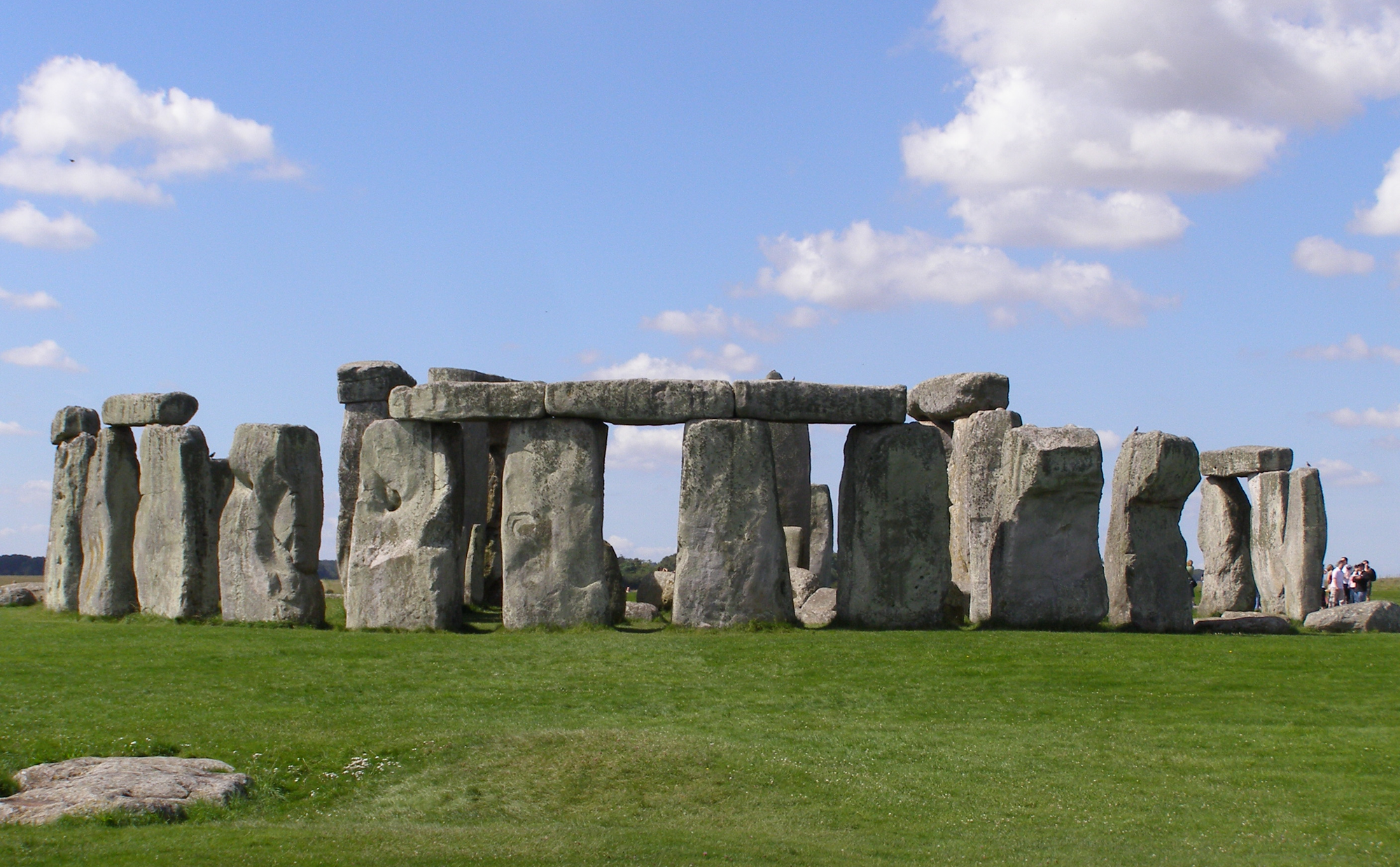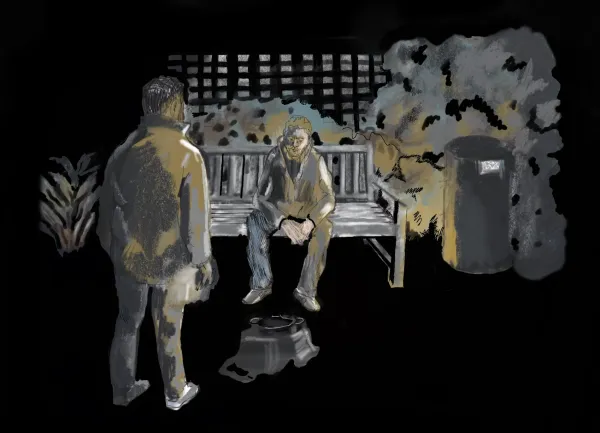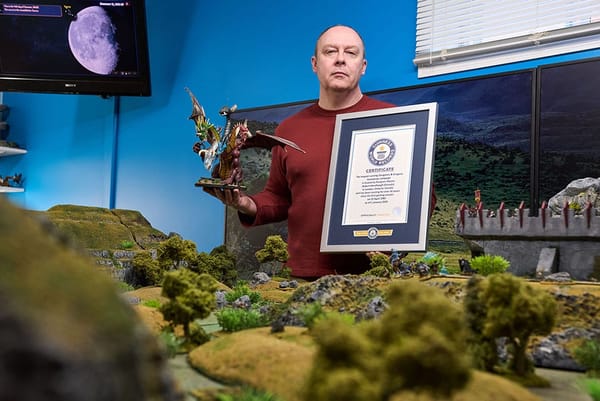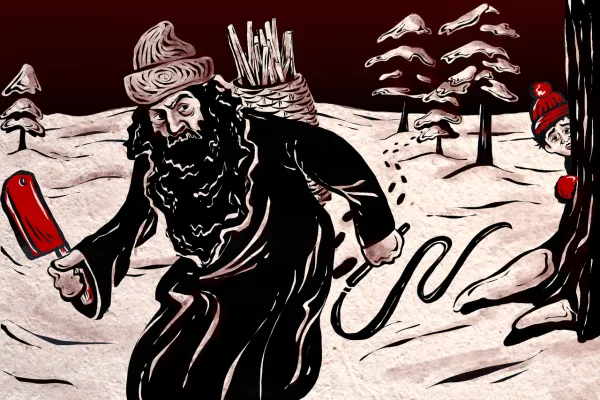Putin staffers carry a "poop suitcase" for security reasons

From NDTV: "Russian President Vladimir Putin's bodyguards reportedly carried a "poop suitcase" to collect his faecal waste during the Friday Alaska summit with US President Donald Trump, as reported by The Express US. The unusual security measure was said to be aimed at preventing foreign powers from obtaining information about the Russian leader's health. Citing investigative journalists Regis Gente and Mikhail Rubin in the French publication Paris Match, The Express US reported that members of the Russian President's Federal Protection Service (FPS) collect his human waste, including his faeces, store it in special bags, and carry it in dedicated briefcases. The measure reportedly dates back several years, including Putin's visit to France in May 2017, The Express US reported. It is suspected that the surprising security measure is undertaken to stop foreign powers from taking samples of Putin's human waste."
The number of members in the Shaker religious group has increased by 33 percent

From NPR: "Until a few months ago, there were only two living Shakers left in the United States. Now, a third person has joined the celibate Christian sect founded in 1747. Fifty-nine-year-old Sister April Baxter is unassuming in her colorful button-down and jeans but has brought a palpable energy to the space. Baxter is the newest Shaker. Before joining the Shakers, she lived in an episcopal convent for four years. But she says visiting the Sabbathday Lake Shaker community felt like coming home. Eighty-seven-year-old Sister June Carpenter and 68-year-old Brother Arnold Hadd were the last two Shakers before Baxter arrived. Hadd joined the community in 1978. He spends his days praying and working on the farm. Celibacy as a core tenet has limited the community's ability to grow. But Hadd says people have been committed to supporting the Shakers for a long time, thanks to the official Friends of the Shakers organization."
An ancient cow’s tooth could help unlock the origins of Stonehenge

From The Guardian: "A cow’s tooth from a jawbone deliberately placed beside the entrance to Stonehenge at the Neolithic monument’s very beginning in 2995 to 2900BC could offer tantalising new evidence about how the stones were transported about 125 miles from Wales to Salisbury Plain. Analysis of the third molar tooth showed the animal began life in Wales, adding weight to a theory that cows were used as beasts of burden in hauling the enormous stones across the country. Since the jawbone was discovered a century ago historians have been intrigued about why it was placed there and where it had come from. Researchers from the British Geological Survey (BGS), Cardiff University and University College London found lead isotopes revealed composition spikes during the late winter to spring, pointing to a source that was older than the metal in the rest of the tooth. This was due to the cow, during pregnancy, drawing on lead already in its skeleton to create the calf, it is thought."
Hi everyone! Mathew Ingram here. I am able to continue writing this newsletter in part because of your financial help and support, which you can do either through my Patreon or by upgrading your subscription to a monthly contribution. I enjoy gathering all of these links and sharing them with you, but it does take time, and your support makes it possible for me to do that. I also write a weekly newsletter of technology analysis called The Torment Nexus.
Anteater-like animals have evolved separately more than a dozen times scientists say

From Nautilus: "You might not find ants and termites tasty, but plenty of animals have throughout evolutionary history: It turns out that ant-eating mammals have evolved independently more than 12 times over the past 66 million years. But how did species who exclusively dine on termites, ants, or both emerge so many times? To clear up this mammalian mystery, researchers traced the evolutionary history of these long-snouted, ant-and-termite-eating creatures, known as myrmecophages. They suggest that the mass extinction event at the end of the Cretaceous period paved the way for myrmecophages, which include anteaters, aardvarks, pangolins, and some armadillo species, according to a paper recently published in Evolution. As the sun set on the Cretaceous, non-avian dinosaurs, among many animals and plant species, disappeared, and the Earth began to transform into an ideal ecosystem for ants and termites."
A bizarre "dancing plague" killed hundreds of people in the 16th century

From Now I Know: "Strasbourg in France is home to about 250,000 people today but about five hundred years ago, probably played host to about 5% of that number. One of its residents back then was a woman named Frau Troffea, and one day in July of 1518, she took to the streets to dance for a bit. We'll never know why she started dancing and what passersby thought when they saw her flossing or doing the Macarena or twisting or whatever they did in 1518. But what we do know is that Frau Troffea was about to start a trend – a scary one. She danced all day long and then some, continuing for an unimaginable six days straight – without music or rest – before stopping. And for some reason, others joined in. While Troffea survived her dance-a-thon, not all were so lucky. According to the BBC, "at the height of the dancing mania, 15 residents were dying each day from strokes, heart attacks, and sheer exhaustion."
If you don't like watching people jump from great heights into water don't watch this

Acknowledgements: I find a lot of these links myself, but I also get some from other newsletters that I rely on as "serendipity engines," such as The Morning News from Rosecrans Baldwin and Andrew Womack, Jodi Ettenberg's Curious About Everything, Dan Lewis's Now I Know, Robert Cottrell and Caroline Crampton's The Browser, Clive Thompson's Linkfest, Noah Brier and Colin Nagy's Why Is This Interesting, Maria Popova's The Marginalian, Sheehan Quirke AKA The Cultural Tutor, the Smithsonian magazine, and JSTOR Daily. If you come across something interesting that you think should be included here, please feel free to email me at mathew @ mathewingram dot com



